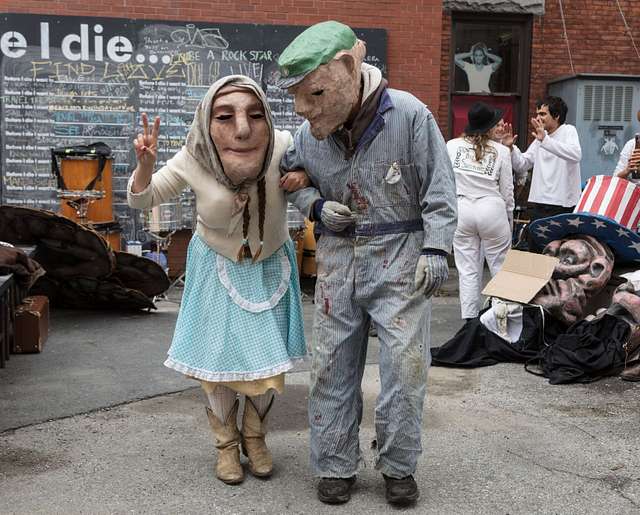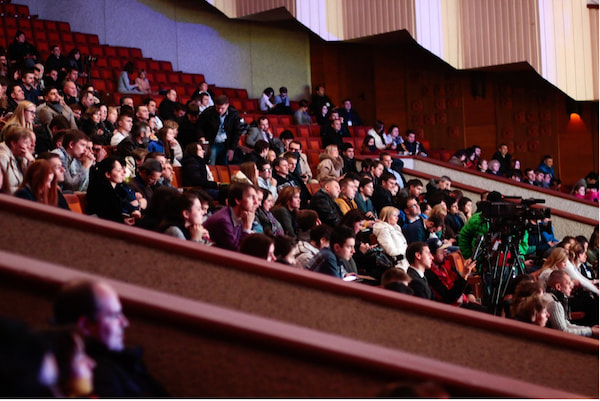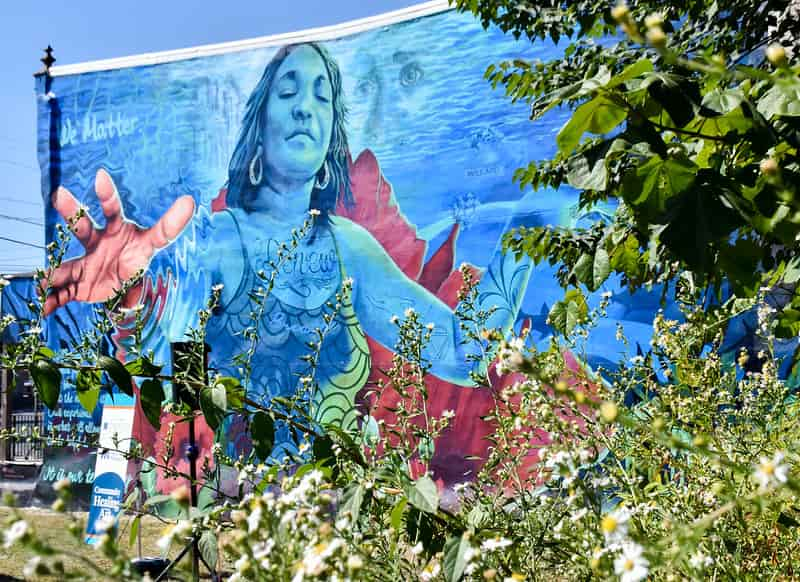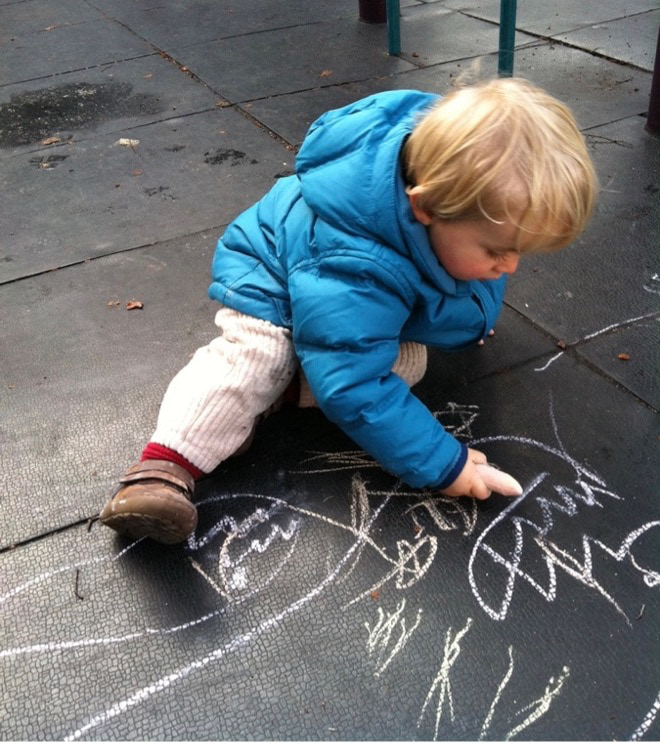As we think about new approaches to arts and culture, it’s possible to get caught up thinking in terms of “the bad old ways” versus “promising new approaches.” Here Tom Wolf, drawing on half a century of work in the field of arts and culture, highlights five steps for equity that are the tap roots for equitable practice in arts and culture.
– Dr. Dennie Palmer Wolf
1958: A Ticker Tape Parade
In his book, The Ivory Trade, Joe Horowitz describes a time in the white heat of the early Sputnik era space race when the State Department and the Ford Foundation teamed up to select and support a field of pianists who could compete internationally and win major competitions, wresting cultural domination out of the hands of Russians who had long held sway. American orchestras would showcase the American winners of these competitions, and the media would proclaim the pre-eminence of the United States as the land of cultural heroes.
Indeed, when Leon Fleischer won one of these competitions in 1952, Time Magazine and the New York Times trumpeted the success. In 1958 Van Cliburn’s victory at the Moscow Tchaikovsky Competition culminated in a ticker tape parade in New York, a visit to the White House, and decades of concerts celebrating artistry in America. For the first time, the fine arts were celebrated like the World Series. With its fascination for contests, America recognized the arts as a contest worth winning and one deserving of its own infrastructure.
1965: A National Endowments for the Arts and Humanities
What all this activity obscured was that the United States, unique among developed countries, had no dedicated national arts funding agency. Additionally, it had only a minuscule amount of public money to support the arts. Three Presidents had attempted and failed to create a national arts agency and the reason for their failures was clear. High culture, as defined by tastemakers, was located in a few large cities. Major arts institutions were located in just a very few states. Furthermore, any legislation to create a new agency would require the support of Congressional representatives and senators who came primarily from “have-not” states. These states would hardly benefit from the money that a new agency might disburse.
It was the master politician, President Lyndon Johnson, who championed a breakthrough in one of many steps for equity. It might well be that an orchestra in Nevada or Wyoming could not compete head-to-head with the New York Philharmonic or the Chicago Symphony. So, why not change the rules of the game? The new agency could, by legislation, create a guaranteed stream of money (initially 20% of the grant budget). That stream would be distributed to all states to support their local arts activity.
National Foundation on the Arts and Humanities Act
The formulation was politically brilliant. It was successful in part for gaining passage of the National Foundation on the Arts and Humanities Act, the parent legislation creating the National Endowment for the Arts and the National Endowment for the Humanities. But its impact went far beyond the short-term success of passing legislation. It fundamentally redefined arts and culture in the United States. This made it one of five steps for equity that I wanted to highlight. A puppet group in Vermont, a musical group singing indigenous songs in Appalachia, and a local art festival in Alabama were now part of the cultural landscape of the United States just as much as a flagship organization in New York or Los Angeles.

Private funders, as well as state and municipal officials, climbed on board. They encouraged dance groups to tour nationally. They also encouraged large museums to share works from their collections with smaller institutions and state arts agencies to fund local ones. The decentralization of the arts in the United States was, even if not intentionally, a boon to its democratization. Representatives of major institutions howled about the diminution of “quality” and “excellence” and the dumbing down of the arts. However, the results were nothing short of extraordinary. The arts were now to be for all Americans. The enabling legislation begins, “The arts and the humanities belong to all the people of the United States.“
2008: A Shift from Supply to Demand
But were the arts indeed for all Americans? Though now decentralized, much of the funding was going directly to organizations to build their capacity and programs. These institutions created, performed, and exhibited the arts, it is true, though there was no assurance that local citizens either wanted or benefitted from all of the activity. It was fine to support a major New York theatre company’s tour to North Dakota, but how many North Dakotans attended the performances? How many of those performances spoke to those citizens and whetted their appetite for more theater? Which of the many traveling exhibitions drew on or connected to local or indigenous cultures?
Questions percolated about who was being reached and affected by this increased cultural activity. One foundation, in particular, stepped up to question the relation between the “supply” side of the arts (organizations and their output) to the “demand” side (audiences, their composition, what drew them, and what discouraged them from taking part in the arts). This was an important step for equity.
Lila Wallace-Reader’s Digest Fund

That foundation was the Lila Wallace-Reader’s Digest Fund, created in the mid-1980s upon Lila Wallace’s death. She and her husband, DeWitt, had produced an immensely successful general-interest family magazine aimed not at the cognoscenti but at ordinary people. The Foundation was inspired by their philosophy and brought about another profound change in how one measured excellence – not simply by the quality of the artistic product created by organizations but by the extent to which that product was consumed and enjoyed. This meant that the artistic product was not the sole measure of what mattered; the Foundation, with its funding, insisted that the reach and impact of the performance, exhibition, or event mattered as well. The emphases shifted profoundly: activities such as workshops, educational programs, and partnerships with community organizations counted.
A New Report
In 2008, this work culminated in a report “Cultivating Demand for the Arts” by two researchers from the Rand Corporation, Laura Zakaras and Julia Lowell. They raised the urgent question, “What did it matter if arts organizations across the nation produced remarkable work, if Americans had no curiosity and motivation to engage with it?” They pointed to “a growing gap between the quantity of art-works produced by American artists and arts organizations and the desire and ability of many Americans to experience those artworks.”
They urged cultivating demand – an intense focus on peoples’ appetite for engaging with the arts and how levers like arts education, active state arts agencies, and public funding for the arts could create that appetite. A quarter of a century later, this keen analysis reminds us that it is not enough to produce amazing art, we have to think about who has the opportunity to make, to want, and to share that art.
Ongoing: From Apart to Engaged
But there was a growing concern that the whole concept of “outreach”– fostered by the focus on audiences— was itself problematic. It had served its purpose in shifting focus from supply to demand but in doing so, it had fostered a paternalistic notion of how the public should be served. “Reaching out” to the “less fortunate” presumed that organizations providing such programs held the key to what mattered in the arts and culture and those receiving them were somehow deprived.
Yet, there was a recognition that there are many cultures that celebrate a variety of arts—some formal, others informal—and often, those being served have as much to give as to receive. The image shifted from a giving-and-receiving metaphor to one of exchange and connection. This shift was reflected in the Americans for the Arts’ initiative on the role of the arts in animating democracy which focused on the role the arts could play in civic discourse and public imagination. This emphasis on social impact work drew together artists and communities on more equal footing, examining how theater productions could host a discussion of civic issues, how murals could make issues of social justice visible, and how pop-up dance performances could highlight who has access to public spaces.
Since it began in 1996, the work has had to reckoned with hard questions of ownership and representation. At the same time, its many publications reflect a significant shift from seeing the arts as apart to understanding the arts as a form of engagement with issues beyond the concert hall or museum atrium. The Exemplar Program (2005-2007) focused on 12 small to mid-sized arts and cultural organizations, many BIPOC-led and representative of their communities’ shifting demographics. These organizations modeled the use of artistic and cultural expression as the primary catalyst for engagement around civic, social, and community issues. See Ron Chew’s essay for a thorough portrait of what the shift from aloof to engaged work involves.

2015: UN Sustainable Development Goals: From Pastime to Well-Being
Culture is who we are, and what shapes our identity. Placing culture at the heart of development policies is the only way to ensure a human-centred, inclusive and equitable development. – UNESCO, 2015
This is the last of the five steps for equity that I’ll discuss. For a very long time, the world of American arts and culture constituted, in many respects, an ecosystem unto itself. It had unique legislation, policies, and attitudes. It is true with respect to the arts, that major performing organizations toured worldwide. Additionally, American museums exchanged masterworks from their collections internationally. But the United States regarded itself as a cultural leader, often able to dictate the rules of exchange. In recent years, that view has shifted in fundamental ways. The very definition and rationale for the arts and culture has evolved. There is a growing sense that, as with climate change and many other issues, we need to think in a wider global frame. We need use one that promotes arts and culture to a new position relative to the very well-being of our species.
United Nations’ Sustainable Development Goals
Throughout the nineteenth and twentieth centuries, the United States, along with other wealthy nations, exported a conception of well-being defined largely in economic terms. How many citizens had the income to purchase what they needed (or wanted)? But for the first time in 2015, the United Nations’ Sustainable Development goals shifted away from framing development in terms of rapid economic growth. Instead, they emphasized that our shared future should be equitable, inclusive, peaceful, and environmentally sustainable.
As part of this seismic change, the international development agenda refers to culture for the first time. The safeguarding and promotion of culture is an end in itself, but also as a vital force contributing directly to other urgent goals. These goals were safe and sustainable cities, decent work and economic growth, reduced inequalities, the protection of the environment, gender equality, and peaceful and inclusive societies. In this light, cultural heritage — both tangible and intangible — and human creativity are resources that need to be protected and nurtured. A population that can imagine can make change. Culturally-appropriate materials and strategies are key to the success of innovation. For example, the use of locally-sourced and trusted materials, and the use of village elders and culture-bearers to endorse public health messages.
In this context, the arts are no longer a luxury or a pastime. Instead, they are potentially a source of human development and well-being. As such, their very practical role in arenas like public health, achieving gender equality, and affecting how different groups represent one another becomes enormous. These goals also place American cultural policies in a global context. Thinking in more global terms also urges us to draw on the plurality of cultural traditions we have: what Indigenous people have to tell us about stewardship, rather than ownership, and what African diaspora practices have to teach us about the role of music in sustaining hope and joy even in the most adverse circumstances.


So, in closing, these are our ancestors and colleagues, these are our steps for equity, these are our texts, and these are visions that are both worth living up to and challenging.

This post is a part of the Taking the Long View focus of our Amplifying Creative Opportunities newsletter.
Read more of the first issue of our Amplifying Creative Opportunities newsletter.


